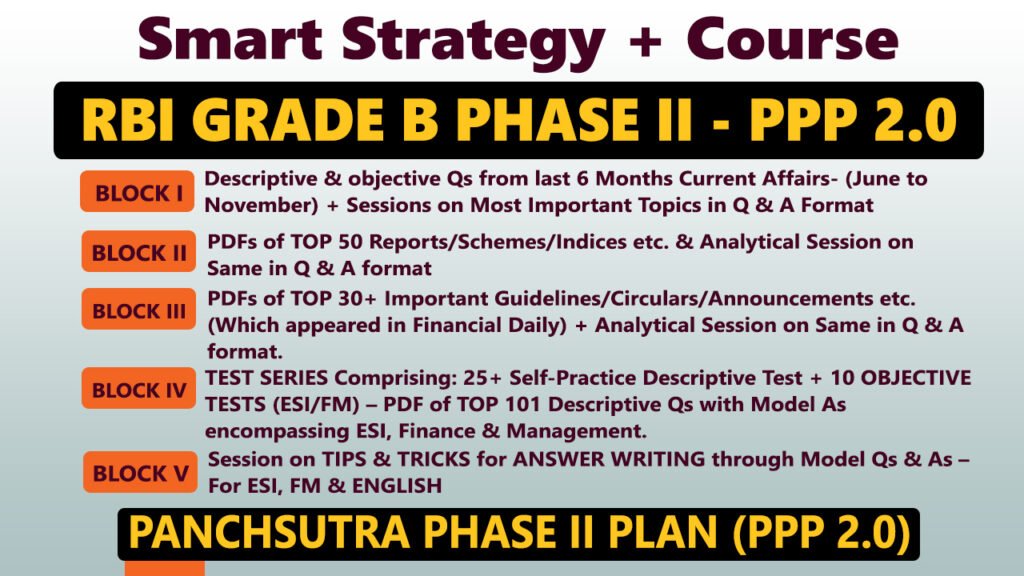Context:
The Union Government has set up an inter-ministerial panel to draft a National Manufacturing Mission. The initiative aligns with the Make in India vision and aims to reinvigorate the manufacturing sector, which has historically contributed only 15–17% to GDP, far below the 25% target.
Five Pillars of the Proposed Manufacturing Mission
- Ease and Cost of Doing Business: Focus on reducing regulatory burdens and improving business environment.
- Future-Ready Workforce: Skilling initiatives aligned with emerging manufacturing technologies.
- Revitalising MSMEs: Addressing credit, technology, and compliance challenges for micro, small, and medium enterprises.
- Access to Advanced Technology: Promoting adoption of cutting-edge tech and improving R&D capacity.
- Global Quality Standards: Enhancing competitiveness by boosting quality and consistency in manufacturing output.
Key Challenges Addressed
- Underperformance of Past Initiatives: Despite the National Manufacturing Policy (2011) and Make in India (2014), the sector has struggled due to structural inefficiencies.
- MSME Marginalisation: Existing schemes like PLI favor capital-intensive industries, leaving labour-intensive MSMEs (e.g., apparel, furniture, toys) underserved.
- Geographical Disparity: High-value manufacturing is concentrated in states like Tamil Nadu, Maharashtra, Gujarat, and Uttar Pradesh, leading to regional imbalance.
- Global Competitiveness Gaps: Compared to countries like Vietnam, India lacks scale, standardisation, and export momentum.
Opportunities for Structural Reform
- Cleantech Manufacturing Push:
- Photovoltaic cells, electric vehicles, wind and grid battery components are key sectors.
- Supports both climate goals and reduction in import dependency.
- Cluster-Based Industrial Development:
- Could help build scale, integrate supply chains, and improve logistics.
- Improved Physical and Trade Infrastructure:
- Calls for low tariffs on input goods, efficient logistics, and investor-friendly regulations.



















